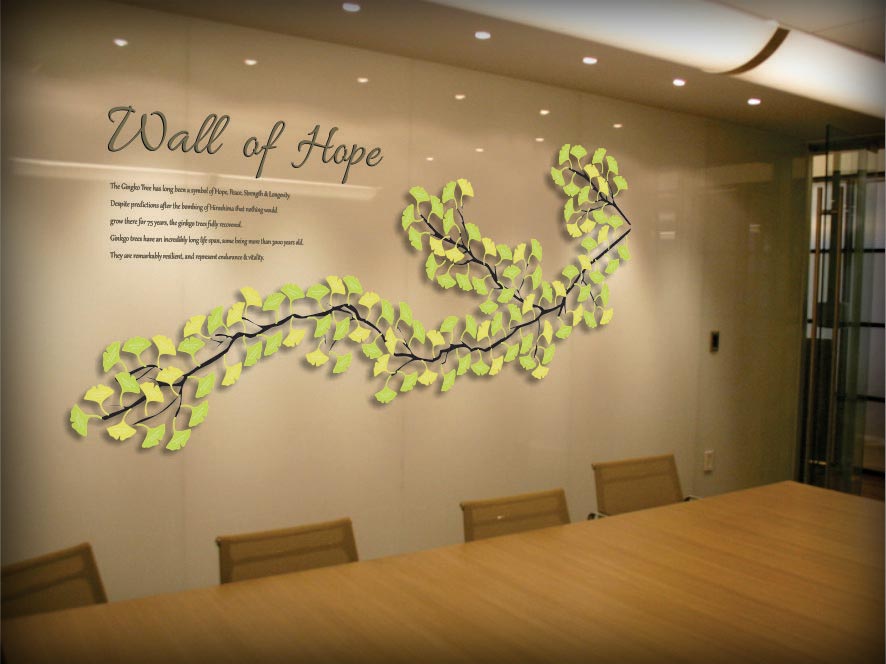Introduction
In the realm of fashion photography, technology has revolutionized the way images are captured, edited, and shared. From digital cameras and editing software to social media platforms and virtual reality, technological advancements have reshaped the landscape of fashion photography. This article explores the profound influence of technology on the art and industry of fashion photography.
Digital Photography and High-Resolution Imaging
The transition from film to digital photography has democratized the practice of fashion photography. Digital cameras offer high-resolution imaging, allowing photographers to capture intricate details and vibrant colors with precision. The instant feedback provided by digital displays enables photographers to adjust settings on the fly, enhancing creativity and efficiency in photo shoots.
Post-Processing and Image Editing Software
Image editing software, such as Adobe Photoshop and Lightroom, has become indispensable tools for fashion photographers. These programs offer a myriad of editing options, from color correction and retouching to compositing and special effects. Post-processing allows photographers to enhance the visual impact of their images, creating polished and stylized compositions that resonate with audiences.
Augmented Reality (AR) and Virtual Try-On
The integration of augmented reality (AR) technology in fashion photography enables virtual try-on experiences for consumers. AR applications allow users to visualize clothing and accessories in real-time, superimposing digital garments onto live video feeds or static images. Fashion photographers leverage AR to create interactive and immersive campaigns that engage and inspire consumers.
Drone Photography for Aerial Perspectives
Drone technology has opened up new vistas for fashion photography with its ability to capture stunning aerial perspectives. Drones equipped with high-resolution cameras provide unique vantage points for outdoor shoots, capturing sweeping landscapes and dynamic compositions. Aerial photography adds depth and drama to fashion campaigns, showcasing garments in breathtaking settings.
360-Degree Photography and Virtual Tours
The advent of 360-degree photography enables immersive virtual tours of fashion collections and runway shows. Photographers use specialized cameras to capture panoramic views, allowing viewers to explore garments from every angle. Virtual tours provide an interactive and engaging platform for fashion brands to showcase their designs and collections to a global audience.
Social Media and Influencer Culture
Social media platforms like Instagram and Pinterest have transformed the way fashion photography is consumed and shared. Influencers and fashion bloggers leverage social media to showcase their personal style, collaborate with brands, and engage with followers. Social media algorithms prioritize visually appealing content, driving the demand for high-quality fashion photography.
AI and Machine Learning in Image Analysis
Artificial intelligence (AI) and machine learning algorithms are increasingly used in image analysis and content recommendation. AI-powered tools can categorize and tag images, identify trends, and personalize content based on user preferences. Fashion photographers leverage AI to optimize image searchability, enhance discoverability, and tailor content for targeted audiences.
Live Streaming and Fashion Events
Live streaming technology enables real-time coverage of fashion events, from runway shows and product launches to behind-the-scenes previews. Fashion photographers leverage live streaming platforms to reach a global audience, providing immersive experiences that transcend geographical boundaries. Live streaming fosters engagement and excitement, generating buzz around fashion events.
3D Scanning and Digital Fashion Models
Advancements in 3D scanning technology enable the creation of digital fashion models and virtual avatars. Fashion photographers collaborate with 3D artists to create lifelike digital representations of garments and accessories. Digital fashion models offer flexibility and scalability, allowing brands to showcase their collections in virtual environments and online platforms.
Sustainability and Ethical Considerations
As technology continues to shape fashion photography, there is a growing emphasis on sustainability and ethical practices. Photographers and brands are mindful of the environmental impact of digital production processes and strive to minimize waste and carbon footprint. Ethical considerations extend to representation and diversity, with a push for inclusivity and authenticity in fashion imagery.
Conclusion
Technology has become an indispensable ally in the world of fashion photography, driving innovation, creativity, and accessibility. From digital cameras and editing software to augmented reality and social media, technological advancements have democratized the practice of fashion photography, enabling photographers to push the boundaries of creativity and reach new audiences. As technology continues to evolve, the influence of tech on fashion photography will continue to shape the future of the industry, ushering in new possibilities and redefining the art and craft of visual storytelling in fashion.





